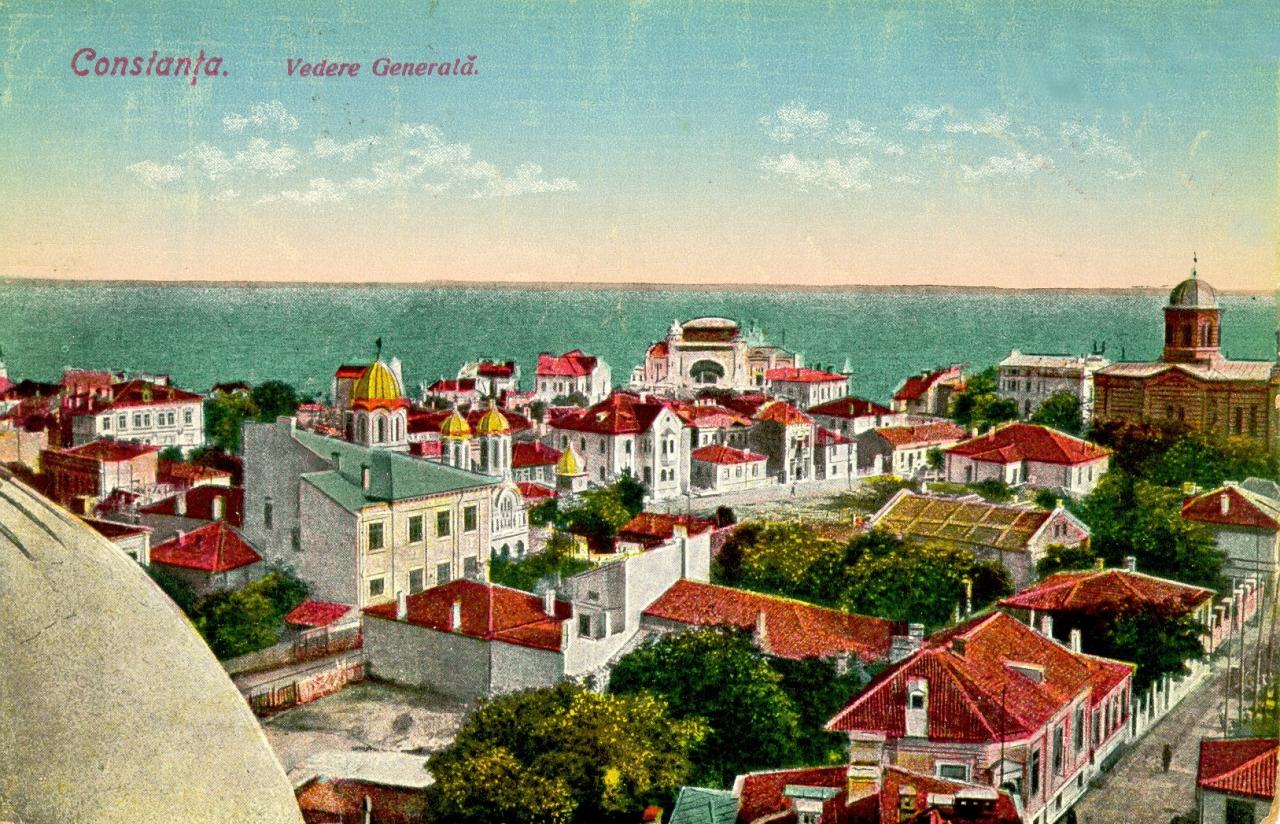
Constanța was founded by Greek settlers documented in 657 BC. The city is the oldest continuously inhabited place in Romania. The historic district is located on a peninsula in the Black Sea and has about 90 ha. Traces of the turbulent history and the different populations can be seen everywhere. Many houses have their unique personality. But the historic district with its buildings is also severely marked by decay. Participation in the ALT/BAU network represented an enormous opportunity for the municipality to do something for the hidden gem. Diana Lepadatu reports on her personal transfer story.
“I dream my painting, and then I paint my dream.”
Vincent Van Gogh
The back story
The ALT/BAU story started for me when I showed Lead Expert Nils Scheffler and Project Coordinator Martin Neubert on 08.07.2018 the historic old town of Constanta. It was an unexpected and different day for me when the chief architect invited me into the project. The hope grew in me that with the help of URBACT we could do something for the old town.
I remember going to the Peninsula with my mother a lot as a child to see various shops that created an unique local atmosphere. At that time, the old town vibrated with life. That hasn't been the case for a long time. Vacancy and decay dominate the streets, the remaining residents are very discontent with the condition. It was clear that changes were needed. The municipality did what it could: it reconstructed the streets to support the regeneration of the area. Only a small part of the buildings were subsequently refurbished. It became obvious that new approaches and solutions had to be used. And this is where the ALTBAU Project begins.
The basis - an accurate inventory of vacant buildings
We started the project activities with the analysis of the existing situation of every building from the historic center. We created the ”Peninsula Urban Site” Application, an urban planning database for buildings from the historical centre, using ArcGIS Online, the external geographic information systems (GIS) web server portal application. This application is an interactive mapping tool that provides information which supports the city hall, owners, investors and buyers in the elaboration of projects and in decision-making.
The Urban Database Compartment from the Urbanism Department collected and uploaded data from many sources: city hall departments and institutions (the Urban Department, the Patrimony Department, the Local Police Department, the Public Service of Taxes and Fees, and the Autonomous Regime of Public and Private Domain Exploitation). In addition, the responses of the owners to whom we had sent questionnaires based on the Chemnitz model were incorporated. There are also profiles for every building and maps for blocks and plots, done by volunteering architects with the consultation of specialists from the County Department for Culture. And there are datasheets for blocks of parcels elaborated by World Bank experts within urban regeneration studies they carried out for the Peninsula area and buildings with seismic risk from the database compiled by “The Commission for the Reduction of Seismic Risk on Existing Buildings” from within the city hall. It was a huge amount of work with contributions from many people we would like to thank.
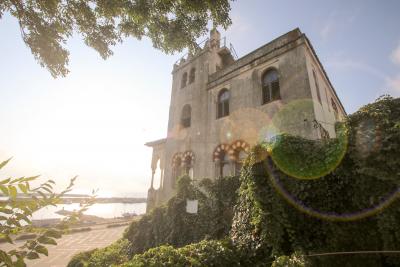
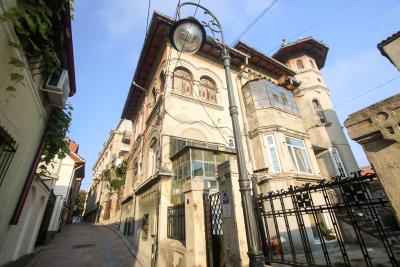
the historic centre of Constanta
The presentation of the results
A website dedicated to supporting the reactivation of the historic center was created by using the ArcGIS Hub Application. This website contains the ”Peninsula Urban Site” Application and other useful information for stakeholders.
We got involved in the organisation and support of educational and cultural events in and about the historic center which promote the old city and its reactivation. Among these were: an online contest “History Photographers”, "International Day of Cities” with a guided tour of several buildings with ULG members and students from the College "Regina Maria", the exhibition "Interwar Modernism in the Peninsula" in collaboration with the Order of Architects of Romania-Dobrogea Branch, the event "Come To Upgrade your City“ organized by Youth Capital, and the "Annual competition of CASA student architects”, in which a project for a house was developed for a plot located in the Peninsula.
During the project we were supported by the URBACT Local Group (ULG) members. In the ULG meetings, we discussed various topics regarding the reactivation of buildings, proposals for public relations activities, good practice examples and we sought feedback. The ULG members disseminated the information and results through their communication channels.
The meetings were organised differently each time and there was something new every time. The meeting in a historic monument building, which was undergoing reconstruction, was very special for me. Owner and architect were there and presented the steps taken, the construction project and the historic study of the monument.
The challenges in achieving the goal
We had decided to found an agency for the reactivation of derelict old buildings based on the Chemnitz model. The main challenge was finding the legal and administrative solutions for setting up the agency. Should the agency be located within the city administration? Should it rather be taken over by a company on behalf of the city?
So, towards the end of the project, the municipality has set up the "Compartment for protection and intervention on heritage” within the city administration. The agency's tasks are to take the results we have achieved and develop them further and to generate and start further and new programmes. However, the possibility of establishing an additional entity to deal more effectively with certain aspects of reactivation the historical centre has not yet been discarded.
The support by URBACT
The URBACT methods for the transfer and improvement of Good Practices have strongly supported our activities just as much as the URBACT expert and the Project Coordinator helped us stay focused on the project in situations where the municipality made many demands on us every day. The Transnational Thematic meetings, that took place in partner cities were a good occasion to discuss in person, to explore sites, to visit organisations involved in the reactivation of buildings and to be impressed and stimulated by having contact with these new worlds full of dedication. The National URBACT Point provided us with relevant information and organised events such as ”URBACT Campus Romania”, a national meeting of cities participating in URBACT transfer networks.
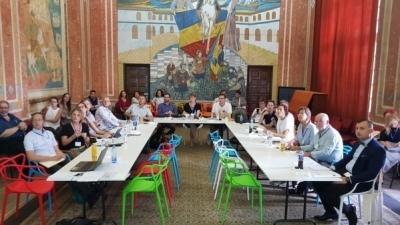
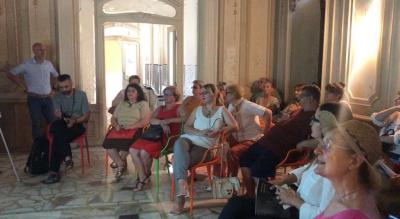
ALT/BAU partners meeting in Constanta, September 2019 and ULG meeting in Constanta
The conclusion
From the beginning of the project, the members of the implementation team have traveled a path in which they have evolved both as a team and personally, broadening their horizons with new perspectives on good practices from the network and developing their skills by using the URBACT method. They were eager to participate and found themselves sharing the same passion with the team members from partner cities. Even though some colleagues have left us, they remained enthusiastic and helped the rest of the team whenever they felt they could.
One of the remarkable strengths of the project was the constant communication between the URBACT expert, the Project Coordinator and all partner cities that supported each other. Especially the URBACT expert and Project Coordinator were always available and full of ideas for every question and aspect that arose in the local team. They gave us clarification and good solutions to our questions. The relationships between the cities that have been built during the project are an asset that should be further used and developed. If we continue to learn from each other, we can further improve and enrich the solutions and their application that we have found so far.
In my opinion, the basis for the success and the accomplishments of the project was the enthusiasm to work and exchange with each other in order to achieve a common purpose. This enthusiasm will also be the driving force for the next chapter in which the methods and approaches are implemented. The historic centre of Constanta, with its hidden pearls, is being given a new shine.
”What would life be if we had no courage to attempt anything.”
Vincent Van Gogh
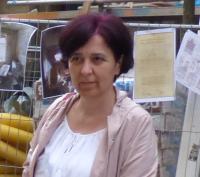
Written by arch. Diana Lepădatu
Technical expert within the ALT/BAU project implementation team
Constanța City Hall

